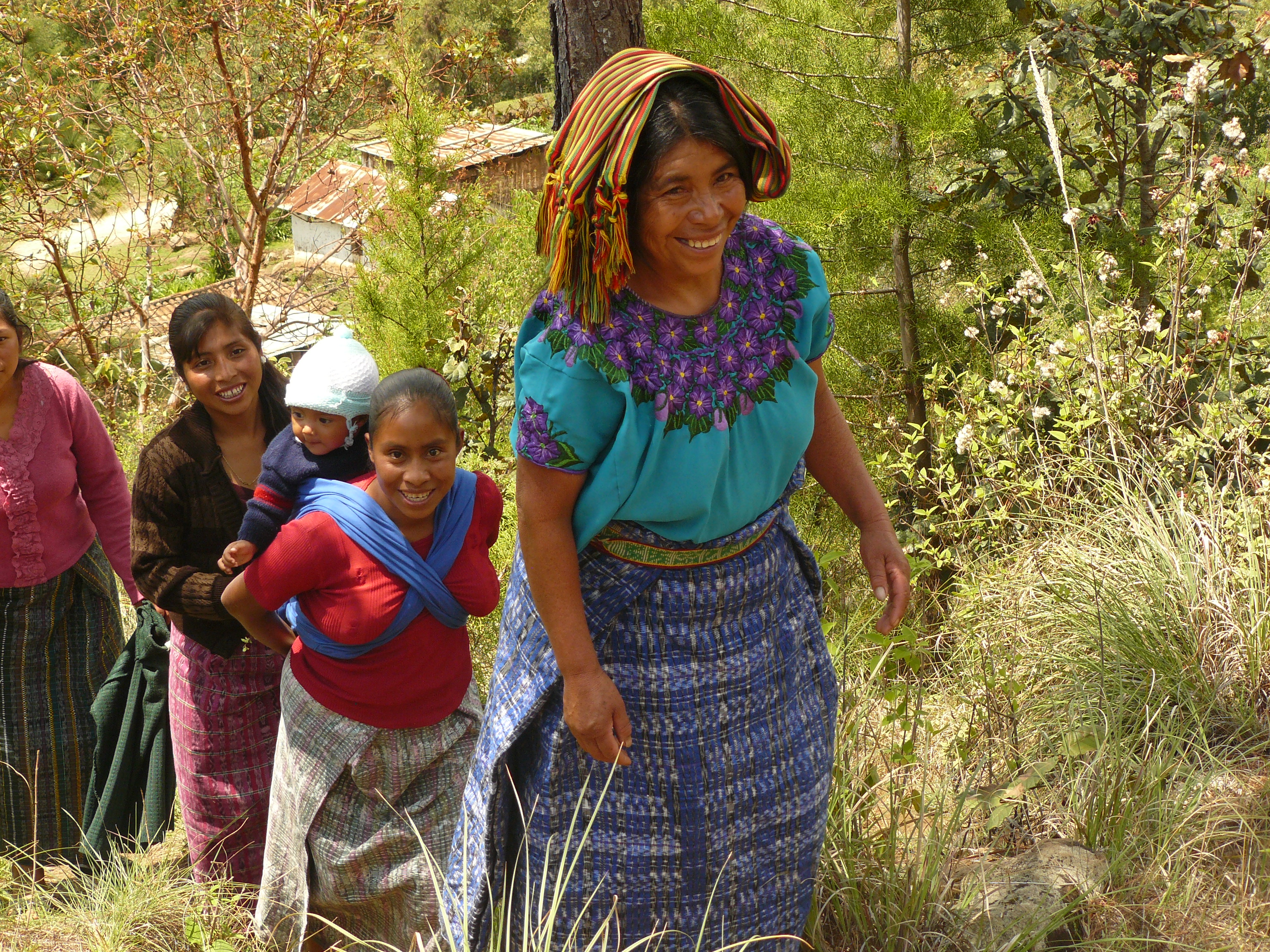Three things we’ve learned about managing gender-based violence in environment projects
December 8, 2023

Every project that UNDP supports needs to consider the potential risks of gender-based violence and to integrate ways to manage those risks.
You’re supporting a project to help communities adapt to climate change, halt biodiversity loss, reduce carbon emissions, manage hazardous waste – does this work have any connection to gender-based violence?
The impacts of the climate, nature and pollution crises are demonstrating that – yes – environmental programming intersects with gender-based violence (GBV). Natural resource degradation and climate change contribute to resource scarcity that is disproportionately exacerbating the risk of violence to women and girls. In Bangladesh, it has been found that in in years where there was a heatwave lasting more than 30 days, the number of marriages of girls between the ages of 11 and 14 increased by 50 percent. When the International Union for the Conservation of Nature interviewed over 300 people in conservation in 2020, 59 percent reported witnessing GBV. The recent Kunming-Montreal Global Biodiversity Framework includes objectives to prevent and eliminate GBV as part of its gender plan, a first for any multilateral environmental agreement.
As specialists working on gender equality and environmental and social safeguarding in UNDP’s environmental programming, we found that every project that UNDP supports needs to consider the potential risks of gender-based violence and to integrate ways to manage those risks. That’s why we helped develop new Frequently-Asked-Questions (FAQ) guidance to managing GBV risk. It was developed in part based on learning from UNDP's portfolio of projects financed by the Green Climate Fund and Global Environment Facility. These projects conduct rigorous gender analyses, environmental and social standards screenings, and stakeholder consultations, and teams were looking for more practical tools to address GBV risks.
Here are three things we learned:
Every kind of project or initiative, no matter its context or location, has potential to worsen GBV. Gender-based violence is so widespread - Intimate partner violence is estimated to affect one in three women worldwide – that the risks of GBV, including sexual exploitation, abuse and harassment exist, even if a project does not directly focus on GBV or gender equality. Those risks can be exacerbated by project activities that do not take them into account – while also undermining the project’s objective and sustainability.
There are known triggers. An influx of workers such as for construction or mining, the extent to which wife-beating is considered acceptable, potential changes to household power dynamics, are all commonly known to trigger violence. Women who receive support for improved livelihoods and increased decision-making opportunities may experience backlash from their partners as well as family and community members, at least in the short term. UNDP’s Social and Environmental Screening Procedure already asks questions to better understand these risks, and the new FAQ guidance offers additional considerations for work across all UNDP Signature Solutions to better identify potential risks, which is the first, critical step to managing them.
Practical steps to manage and mitigate risks can improve project results and sustainability. Livelihood activities which benefit women are a known trigger, but incorporating GBV-related trainings and awareness raising methodologies, such as the Indashyikirwa intimate partner violence prevention programme, can reduce these risks. In Rwanda, UNDP experience showed that the "Indashyikirwa" program achieved a 55 percent drop in physical and sexual intimate partner violence. Other practical steps include developing a GBV action plan, ensuring that project grievance redress mechanisms are equipped to handle GBV complaints, developing a code of conduct on GBV for project workers and delivering trainings on GBV prevention and response for project teams and partners. Details on all of these options and further resources are available in the new FAQ guidance.
The impacts and costs of GBV on human potential, health and wellbeing pose significant barriers to development and environment action. Addressing potential risks of GBV can facilitate improved project delivery, unlocking opportunities for climate adaptation and mitigation, nature protection, increased resilience, human rights and gender equality.

 Locations
Locations





